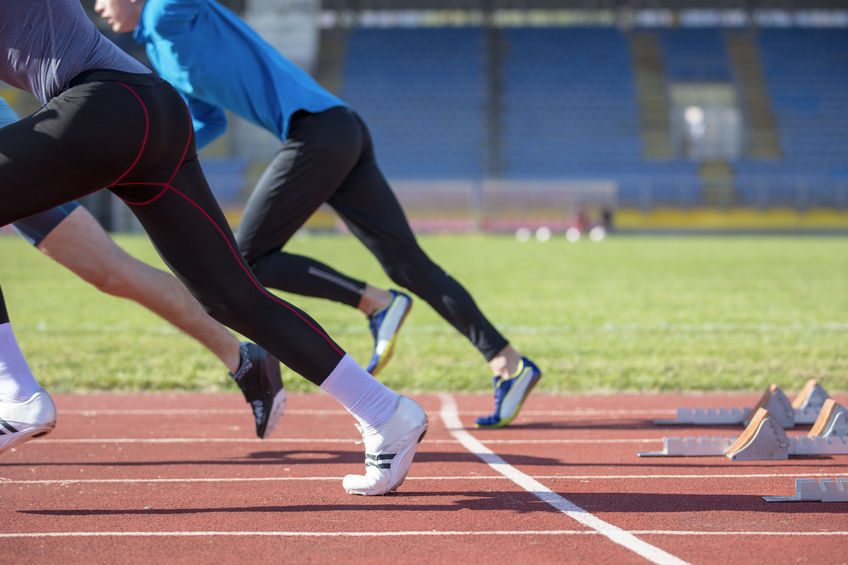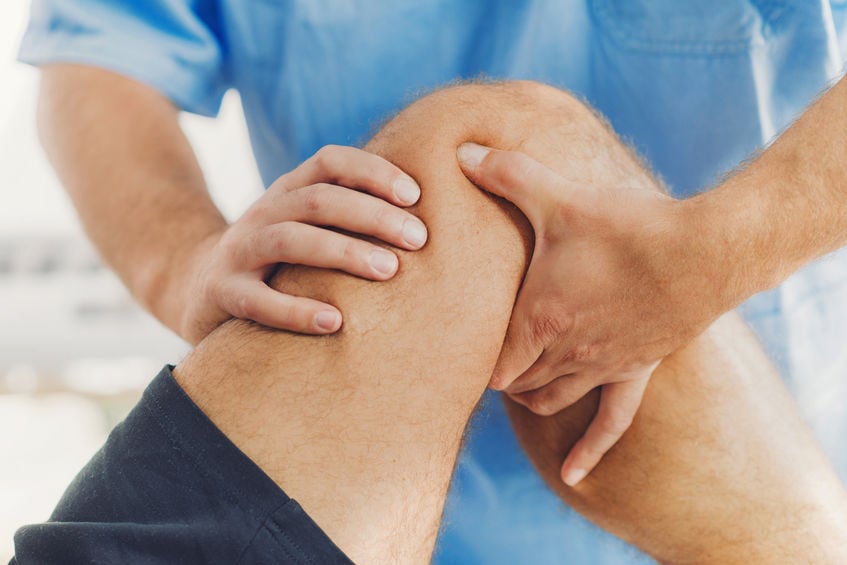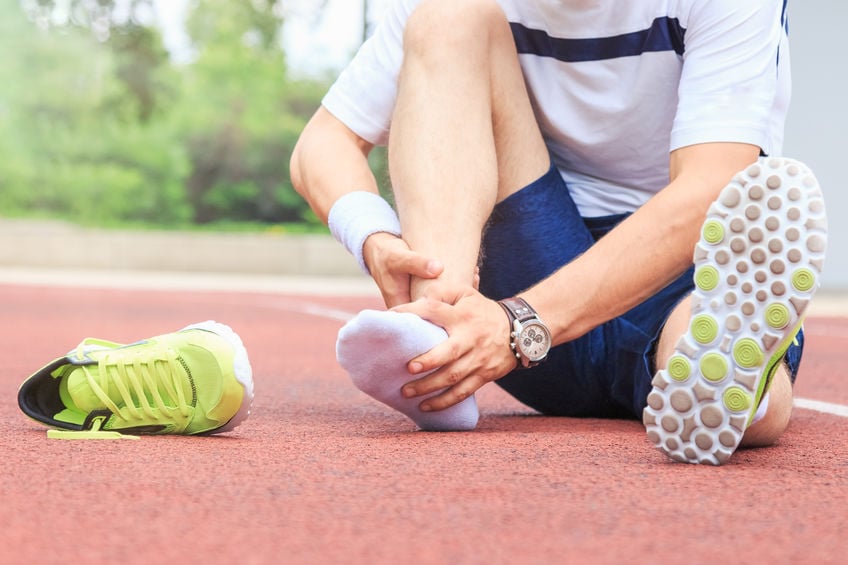Sport And Injury Go Hand-In-Hand
Playing a sport is an enjoyable activity that helps people at any age stay active and healthy. For others, professional sport is a life-changing endeavor. At any stage, the competitive nature of sports can make players push the limits of the body. This makes injuries an inevitable part of the process. Over 3.5 million sports-related injuries happen every year, across all ages. The 4 following injuries are some of the most common in sports.
1.Beware the ACL tear
ACL tears are a common knee injury with soccer players, football players, and basketball players at risk. The injury is a growing concern for many as ACL tears almost always spell the end of an athlete’s season. The anterior cruciate ligament (ACL) is a strong yet flexible ligament in the knee that connects the femur and tibia. Without the ACL, twisting, changing direction, or decelerating is impossible. A collision or awkward twist can cause the ACL to tear.
ACL tears often mean surgery
ACL tears cause pain, swelling and restrict movement. While some persons experience a partial tear, almost all cases are a full-thickness tear. To recover effectively, the injured athlete goes through ACL reconstruction. With surgery, a surgeon removes the damaged ligament. A new ligament, either from a donor or another part of the body, is then installed. Afterward, the athlete goes through intense rehabilitation covering 8-12 months.
2. A nagging tennis elbow
Some sports require a receptive motion of the arm, like swinging a racket or golf club. Constant movement can cause inflammation, called lateral epicondylitis or tennis elbow. Although the name suggests only tennis players are at risk, the condition is common in several other sports. Persons with tennis elbow feel pain in the forearm, elbow and have a reduced grip.
Non-surgical treatment works well
Treatment for tennis elbow consists of rest, ice, compression, and over-the-counter medication. However, some chronic cases need closer attention. Physical therapy is the next effective step. Doctors have tried injections like platelet-rich plasma (PRP) or ultrasonic tenotomy with great success. In special situations, a surgeon may have to remove some of the inflamed tissue.
3.Sciatica can be a pain in the butt
Sciatic nerve pain is quite common in sport, related to the sciatic nerve. The nerve starts at the lower back and runs through the buttocks and down each leg. If the nerve becomes irritated, athletes will feel pain, numbness, and reduced performance.
Addressing the root cause
Seeing a doctor is the first step to treating sciatica. With tests, the doctor can confirm if the issue is a degenerative disc or piriformis muscle inflammation. Like tennis elbow, sciatica responds well to rest, medication, and physical therapy. Surgery is a possibility if the athlete does not respond to treatment after 6-12 months. For spinal issues, the surgeon may complete a partial discectomy or laminectomy. Both provide much-needed relief on the sciatic nerve. Try all non-surgical treatments first before considering surgery.
4.Running into runner’s knee
Most sports require some running or movement. But too much of a good thing could be a bad thing. Athletes are likely to develop runner’s knee, which refers to pain or irritation around the kneecap. Along with repetitive stress, a blow to the knee, weak leg muscles, and poor warmup can cause the condition. Besides running, cyclists, golfers, gymnasts, and soccer players are at risk. Most persons will feel a dull pain right behind the kneecap. Simple movements like walking, sitting, squatting, and kneeling will feel uncomfortable.
Get some RICE
Use a combination of rest, ice, compression, and elevation after sports. These steps are effective in stemming the tide of pain and swelling. Some persons may opt for over-the-counter medication, which can help. Physical therapy is very useful in improving the range of motion. In more severe cases, surgery helps remove painful tissue or realign the knee.
Don’t ignore common sports injuries
These injuries are common but not inevitable. Proper rest, diet, exercise, and stretching can significantly lower the chances of injury. In some sports, physical contact is unavoidable. But a strong body can also lower injury risk. Besides an ACL tear, athletes may ignore other injuries to stay in the game. This can lead to more severe complications. Make sure to check with a team doctor, personal doctor, or physical therapist at any sign of injury.



